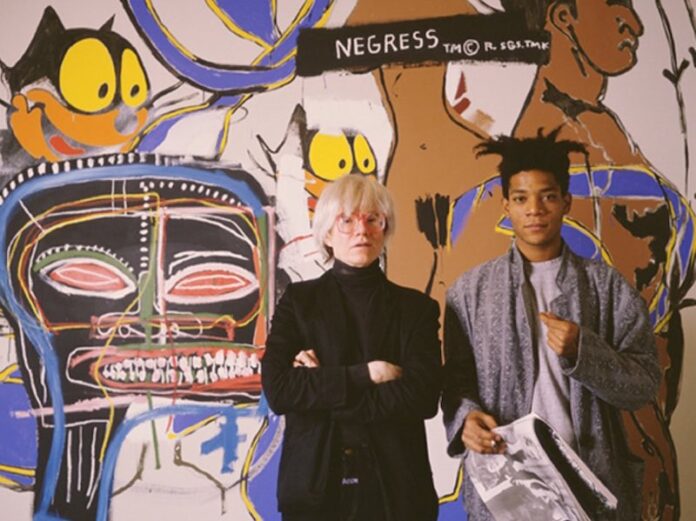The history of art is not just a succession of artists and movements. Art is also the relationship between artists and the exchange of ideas. Undoubtedly every artist has more or less benefited from the influence of his contemporaries. In particular, friendship in art was very fruitful and gave rise to many experiments. Today we bring you some of the friendships between the artists who changed art!
Helen Frankenthaler and Grace Hartigan
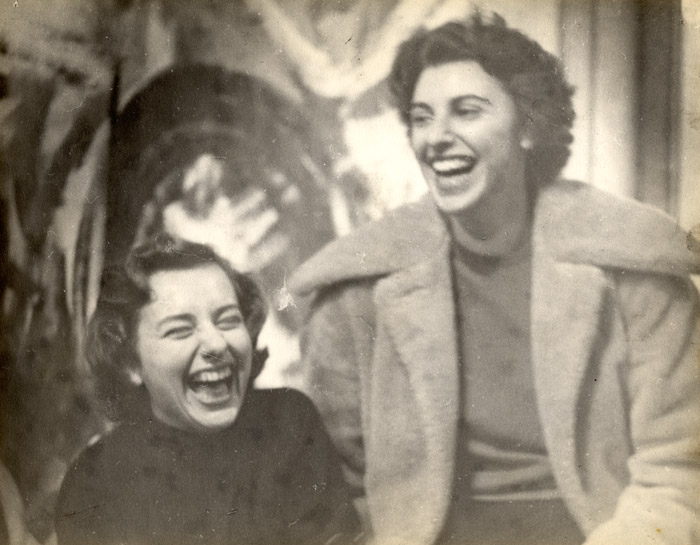
Helen Frankenthaler and Grace Hartigan are the two main figures of American Abstract Expressionism. Frankenthaler grew up in a family that instilled an artistic sensibility into her. She discovered an interest in flowers early on and later became part of the same circle as Jackson Pollock or even Willem de Kooning.
Grace Hartigan was not so privileged. And the two artist friends had several disagreements due to their different upbringings. Despite the differences, they remained very close until the end of their lives and mutually influenced each other’s work. We can say that this friendship has changed art, as Abstract Expressionism is traditionally a male-dominated movement.
These two artist friends managed to get through this hostile environment together and get the recognition they deserve for their work.
Yayoi Kusama and Eva Hesse
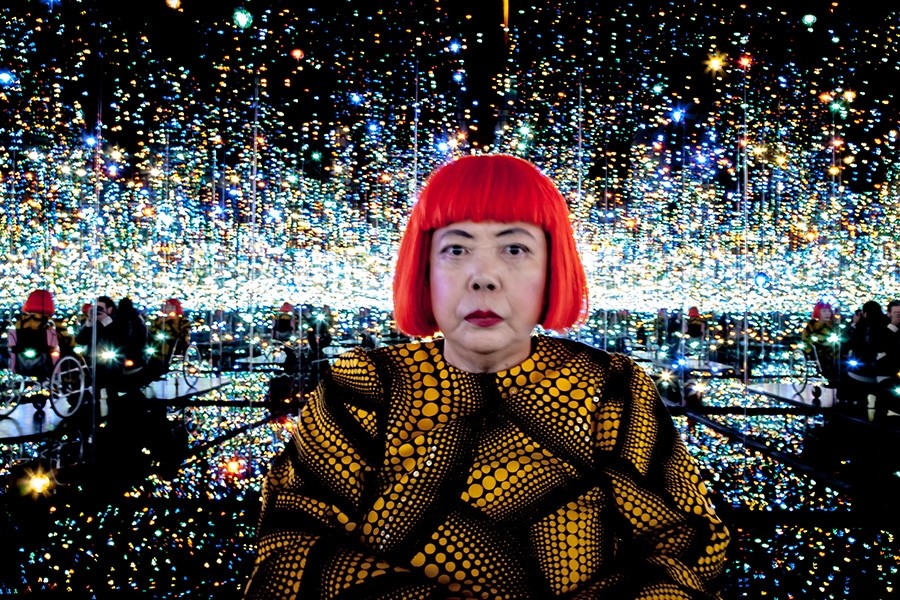
These two artists made friends in the 1990s in New York City. The friend artists shared, of course, a passion for abstraction, but also for the use of unusual material.
They worked at a time when many emerging movements were mingling. Kusama and Hesse were between abstract expressionism, minimalism, and the debut of pop art. All these different sources of inspiration gave both friend artists the opportunity to experiment even more as a couple and become provocative artists.
Unfortunately, Eva Hesse passed at a young age. That explains why her career is not as recognized as Yayoi Kusama’s.
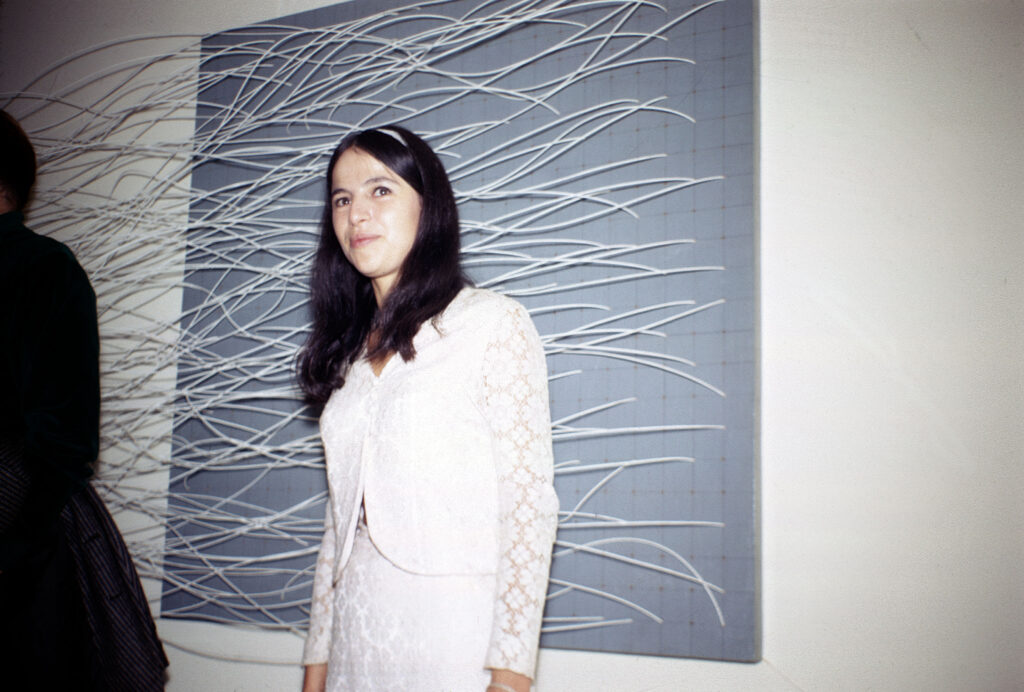
Vincent Van Gogh and Paul Gauguin
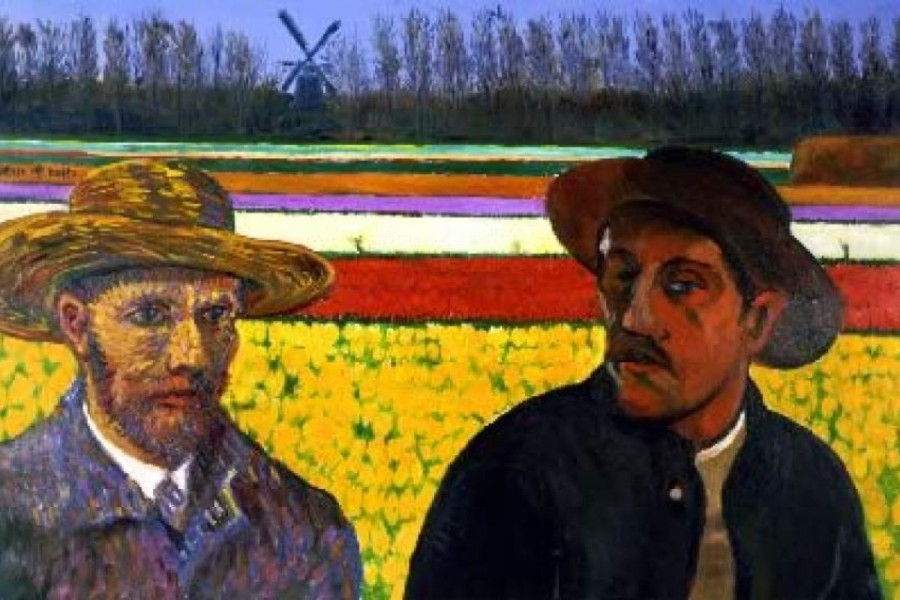
The friendship between Van Gogh and Gauguin was full of quarrels and torments. Gauguin was supposed to be the young Van Gogh’s mentor, but the relationship between these artist friends quickly changed.
As for painting, these two artists rarely found a common language. Gauguin argued that painting should be inspired by imagination. And Van Gogh argued that it should reflect nature. As a result of one of their stormy conversations, Van Gogh even cut his ear.
Despite this, this short friendship and its exchange made Van Gogh an artist and changed art, and his missing ear will forever remain a curious anecdote in the art world.
Paul Cézanne and Camille Pissarro
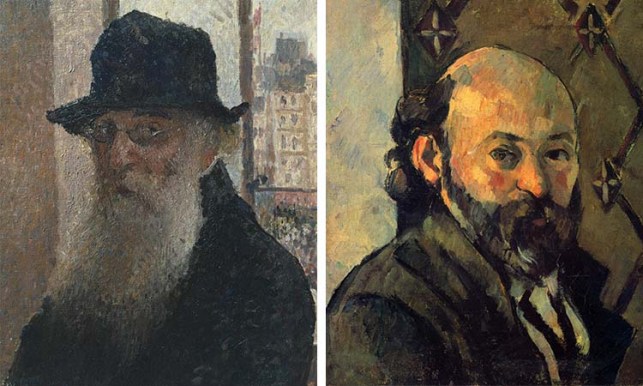
The friend artists agreed on the fact that they wished to produce something out of the ordinary. They wanted to be unconventional together.
The two friend artists did not share the same style. But that did not stop them from exchanging ideas. The artists borrowed each other’s work, copied it, and modified it to learn from their respective methods.
The artist friends prove that it is useful to draw inspiration from other people’s work, even if it differs from ours.
Andy Warhol and Jean-Michel Basquiat
They are probably the first artists that come to mind when talking about an artist duo. The friend artists represent the harmony of a perfect creative match. It was an iconic collaboration of the 1980s New York art scene.
Warhol was already well-known when he was introduced to Basquiat. Jean-Michel Basquiat was considered a rising star at that time. At first, they started to work together. Later they became very close friends.
The story of their friendship was rather tragic due to the premature death of both artists with a difference of several months. The friend artists left behind works of art that serve as evidence of their strong bond.
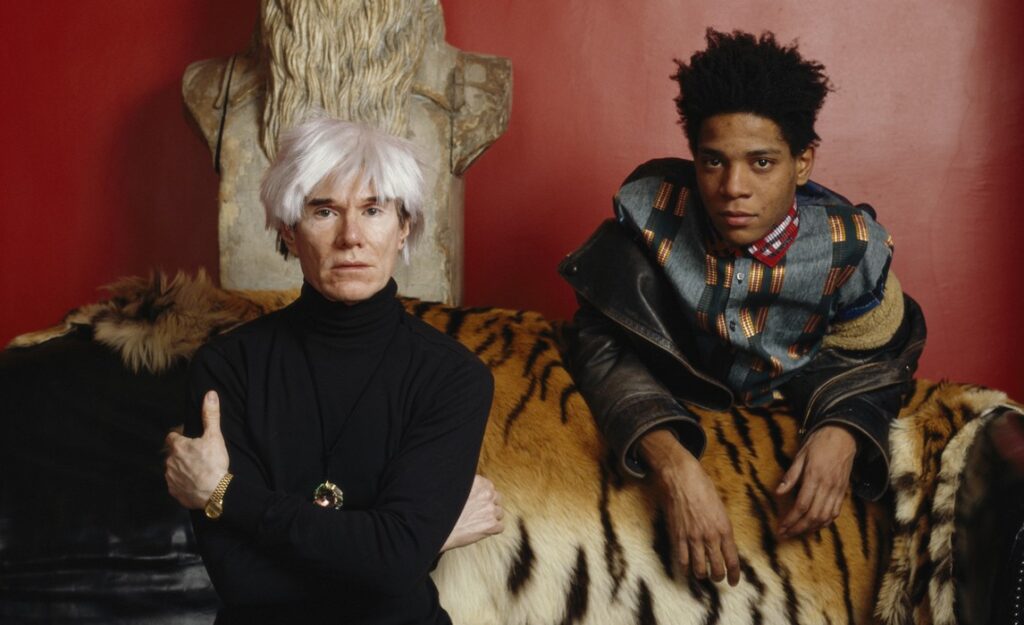
Yayoi Kusama and Donald Judd
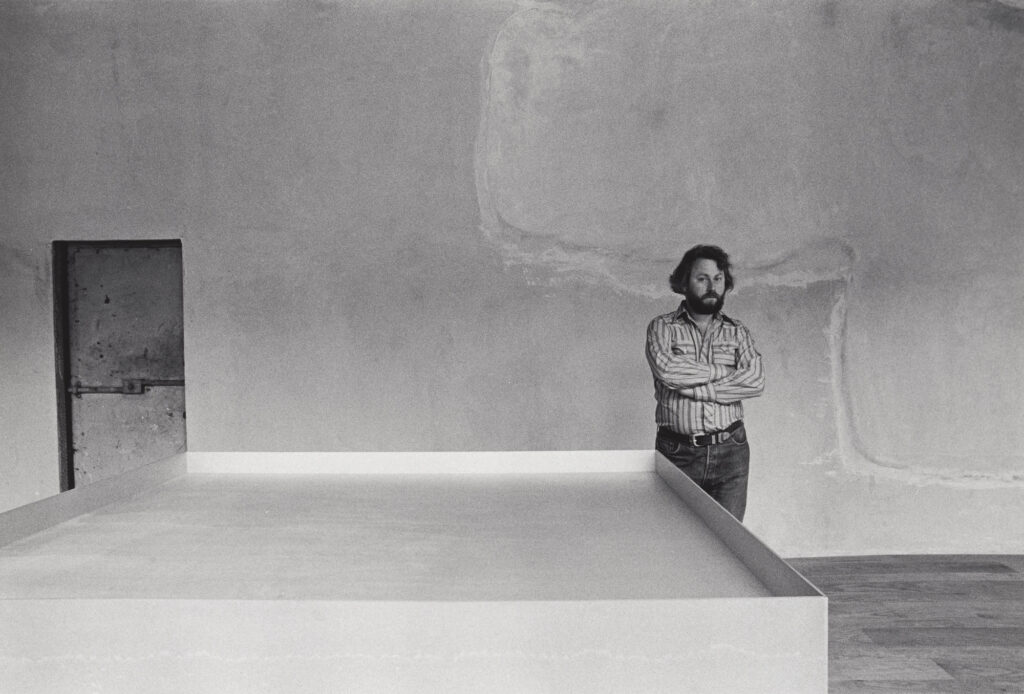
Yayoi Kusama and Donald Judd were born on opposite ends of the earth, only a year apart. Their paths crossed when the young artists found their place in New York in the late 1950s. Their initial meeting occurred after Judd wrote a rave review of Kusama’s first New York solo show.
Their friendly but at times romantic relationship continued to deepen for decades to come. Judd provided Kusama with a strong foundation from which to launch her career.
The two seemed to be connected through their shared self-proclaimed “underdog” label. This friendship influenced not only the career but changed art as a whole. Over time, a throughline emerged in the practice of both artists, which included an outright rejection of any pre-existing school of thought.






